One thing everyone seems to agree on is that repeatedly lifting heavy things gets you bigger and stronger.
But the truth is, load is only one variable at our disposal when it comes to training hypertrophy (the technical term for an increase in muscle volume or mass). This is good news when heavy things are in short supply.
Fatigue Is What Builds Muscle, Not Just Heavy Weights
Hypertrophy results when muscle fibers experience mechanical overload. When a muscle is fatigued, each muscle fiber must produce more force to complete the lift, thus increasing the overall mechanical load on the muscle. This, in turn, stimulates muscle growth.
What matters most for hypertrophy is that the muscle is trained to complete fatigue.
Why is this important?
Because if you’re stuck at home, unless you have a killer home gym setup, what you can lift is limited to your body weight or whatever lighter weights you have on hand (unless you start to get creative with your furniture, roommates or pets).
But the good news is, you still have two options for reaching maximum fatigue and building muscle:
- Use a normal tempo but do more repetitions.
- Use a slower tempo and do fewer repetitions.
Tactic 1: Stimulate Muscular Fatigue by Doing More Reps
A lifting protocol that uses relatively light weights and higher repetitions can produce just as much muscle growth as a protocol that uses heavier weights, so long as the light weights were lifted to complete fatigue (which took more repetitions).¹
What's more, the specific load and repetition scheme is non-essential. In other words, you don’t need heavy weights. Body weight, lighter weights, and even bands will suffice as long as you perform the number of repetitions required to hit that fatigue threshold.² ³
The number of repetitions to fatigue will vary for each person and exercise, but just follow the one golden rule: Go until you can't do another rep.
Tactic 2: Stimulate Muscular Fatigue by Going Slower
Another variable that contributes to muscular fatigue and hypertrophy is lifting tempo, or time per repetition.
Light, super-slow lifting increases both muscle thickness and maximal strength just as much as heavy normal-speed training. A super-slow tempo for of three seconds for the lifting portion (referred to as the concentric action) and three seconds for the lowering portion (referred to as the eccentric action) is most effective.⁴
Proponents of “super-slow training” recommend going even slower. A common protocol is a 10 second concentric action followed by a 10 second eccentric action, for a total of 20 seconds per repetition.
An additional benefit of super-slow training is reduced injury risk. Slowing things down will help ensure good technique.
An At-Home Workout for Building Muscle
That’s a lot of words, so here’s an example workout you can follow using just your body weight that will still have your muscles crying "Uncle":
-
Pick a movement or muscle group to train with your body weight. Examples include:
- Upper-body Push: Push-ups
- Upper-body Pull: Inverted Rows Using Kitchen Table
- Lower-body: Single leg variations (doubles your load)
- Need more ideas? Simply google “body weight alternative to ...” and you’ll find endless options for most traditional exercises.
- Perform one warm up set and then three sets of either A) high volume (up to 35 reps depending on the movement), or B) super-slow repetitions (of 10-20 seconds) until failure. Track your sets, reps and total volume (sets x reps) for each exercise.
- Rest 60-90 seconds between sets and two to three minutes between exercises.
- Repeat workout (or a variation) 2-4x/week.
- Track and tweak your volume to ensure adequate rest and sustainable gains. Every third session, perform 40% of your normal volume. This “deload” will ensure you don’t overtrain. Every week or 10 days, attempt to increase your volume by 2.5%-5%. This will ensure you don’t plateau.
As you can see, maintaining muscle mass with just your body weight is definitely doable. However, we'd be remiss not to mention a few simple, affordable upgrades that can help boost your gains and make getting creative with your workouts a little easier.
Simple Workout Upgrades: Kaatsu Bands, Suspension Trainers, and Resistance Bands
One cheap and easy way to measurably upgrade your home workout is to use blood flow restriction (BFR). This study and many others like it have concluded that BFR is an effective way to enhance muscle hypertrophy and strength gains, even with the use of low loads.⁵
Here’s how BFR works: blood flow is restricted through the use of bands (known as occlusion or Kaatsu bands) that are strategically placed around your upper arms and legs. This engorges your limbs and reduces blood flow from your extremities back to the heart, which elicits an enhanced hormonal response that is favorable to building muscle.
Additionally, if you want to give yourself more movement options without breaking the bank or filling up your entire house with barbells, you could also consider investing in a suspension trainer or resistance bands.
Now that you have your workout dialed in, diet is also going to be another big factor in maintaining muscle mass—specifically protein intake.
What to Eat to Build Muscle
Muscle growth is a function of muscle protein breakdown and muscle protein synthesis. The breakdown occurs from your training, and the synthesis comes from your diet and recovery.
In order to build more muscle than you break down, you need to ensure that your body has enough protein on-hand to rebuild and repair muscle, which leads to muscular growth.
Therefore, when you're looking to build muscle, protein is one of the most important macronutrients to focus on.
How to Determine How Much Protein You Need
The amount of protein you need each day depends on your age, gender, and activity level.
The current US recommended dietary allowance (RDA) is 0.36 grams per pound of body weight per day (0.8g/kg). However, this estimate does not account for active people, or those looking to add lean mass.
If you’re training for hypertrophy, you’ll need more than the RDA. And although there are conflicting study results on the exact ratios, a reasonable estimate is about 0.7–1 grams per pound (1.6–2.2 grams per kg) of body weight.
By focusing on high-quality protein sources like grass-fed meat, wild-caught fish, pastured eggs, and appropriately prepared plant-based sources, you'll be well on your way to meeting your protein requirements.
However, complimenting your diet with the right supplements can take your strength gains to the next level and help you maintain your muscle, even in the absence of high-quality protein (aka when the eggs are all sold out at the grocery store).
The Best Supplements for Building Muscle
Despite the fact that there are hundreds of supplements on the market that claim to support muscle development, only a few have been proven to be effective in combination with the right training and diet.
Creatine and amino acids have by far the most research on their ability to support the growth and maintenance of lean muscle.
Creatine: The Most Studied Muscle-Building Substance
Creatine is a natural substance produced by amino acids in the body, stored mostly in muscle cells, and released during physical activity. Creatine assists in the generation of ATP, providing available energy for muscles.
This cellular energy boost improves overall strength and work capacity during your training sessions.
In the context of your body weight workout, this translates to an increase in total repetitions and thus an increase in the total mechanical load which stimulates greater hypertrophy gains.
A recent meta-analysis of 22 different studies, which accounted for variability in gender and training status, showed impressive results from creatine supplementation when combined with resistance training.⁶ Subjects taking creatine improved their:
- Muscle strength by 20% (compared to 12% with placebo)
- Weightlifting performance by 26% (compared to 12% with placebo)
- Bench press performance by up to 43% (compared to 16% with placebo)
Additionally, subjects in another study doubled their lean mass gains with creatine compared to the control group at the end of a 12-week resistance training protocol.⁷
So, getting enough creatine should be a top priority if building and maintaining muscle mass is important to you.
But, it’s hard to get enough creatine through diet alone.
The average daily adult consumption of creatine in the U.S. diet is estimated to be just 1 g/day for men and 0.70 g/day for women. (Although more recent studies suggest those numbers are probably closer to half.⁸) In order to experience the aforementioned benefits, most studies show that at least 5g/day is required. That’s well over five times the amount most of us are getting in our diets!
In sum, getting enough creatine to provide noticeable increases in energy, muscle mass, and strength is incredibly difficult to do without supplementation.
That’s why it’s good news that creatine supplementation is simple and cost-effective. For gold standard quality creatine, look no further than Kion Creatine.
Amino Acids: The Building Blocks of Protein
Most people understand the basics of protein and its importance for building lean muscle. But the real magic of protein actually comes from its smaller parts called amino acids.
Amino acids are the building blocks of muscle and serve as the catalyst for nearly every chemical process in the body. There are 20 amino acids in total, nine of which are classified as essential. Essential amino acids (EAAs) are the ones that the body can’t produce itself – they must be acquired through diet.
So, when we talk about getting "enough protein", what we’re really referring to is adequate intake of essential amino acids.
Many people tend to turn towards protein supplements, shakes, or powders when they're looking to increase their intake of muscle-building amino acids. However, many of these protein supplements don't contain a full amino acid profile, and therefore aren't as helpful for building muscle as we're lead to believe.
The quick, easy and most efficient solution for building and maintaining lean muscle is to supplement with EAA’s directly (not BCAAs).
Kion Aminos is one of the cleanest, most effective amino acids formulations available.
They are 100% plant-based, contain all 9 EAAs, and are packed with 40% leucine to maximize muscle protein synthesis.
Additionally, Kion Aminos are non-GMO, gluten-free, dairy-free. This makes EAAs a great choice for anyone looking to enhance muscle growth wherever they train.
Ki Points
Here’s what you should do in order to protect your strength and muscular gains while training at home:
- Take whatever you’ve got (body weight, light weights, bands, etc.) and go to maximum fatigue.
- Do this by using a normal tempo and max out with high reps, or go super-slow and max out with low reps.
- Use BFR bands, a suspension trainer, or resistance bands to add load if you have access to them.
- Make sure you’re getting adequate protein from your diet (1.6–2.2 g/kg body weight).
- Supplement with creatine and EAAs to support muscle protein synthesis.
Scientific Research
- https://www.ncbi.nlm.nih.gov/pubmed/22518835
- http://www.ncbi.nlm.nih.gov/pubmed/22417199
- http://www.ncbi.nlm.nih.gov/pubmed/25853914
- http://www.ncbi.nlm.nih.gov/pubmed/18978616
- https://www.ncbi.nlm.nih.gov/pubmed/30306467
- https://www.ncbi.nlm.nih.gov/pubmed/14636102
- https://www.ncbi.nlm.nih.gov/pubmed/10449017
- https://www.nature.com/articles/s41398-020-0741-x



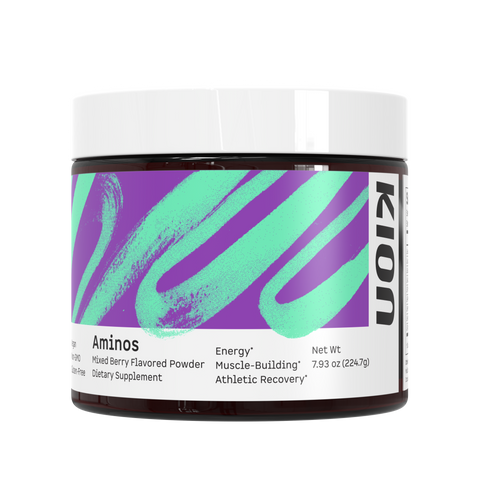
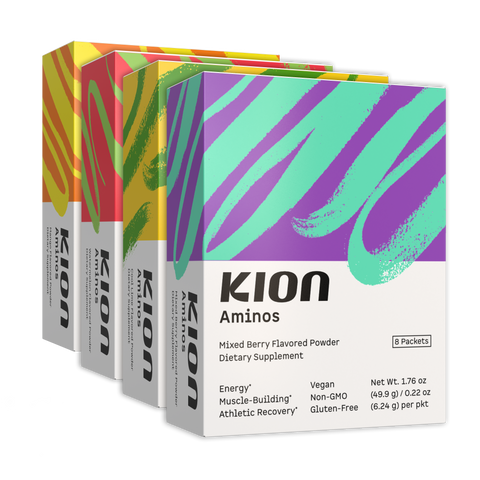
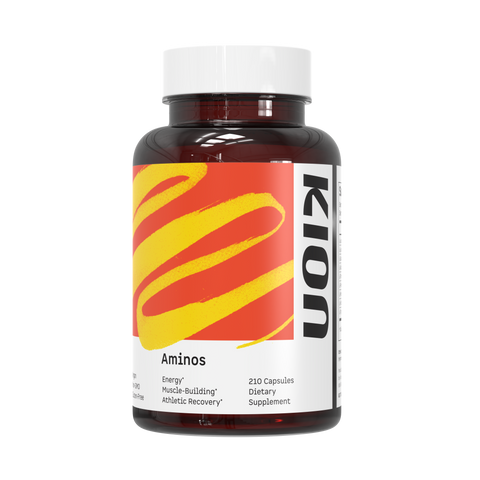
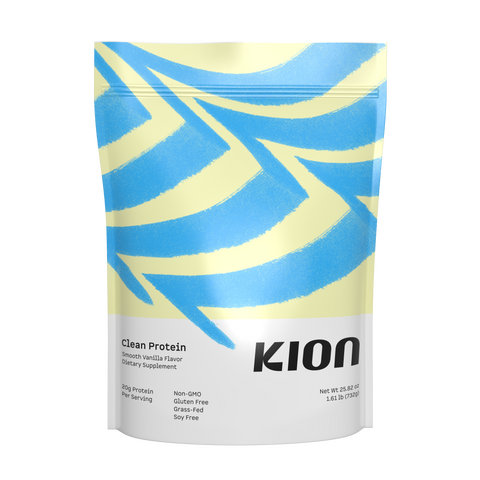
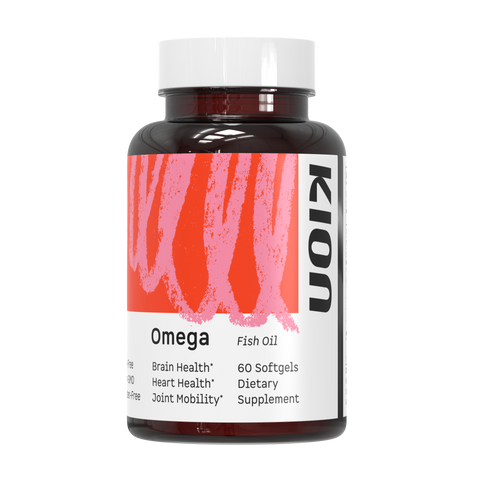
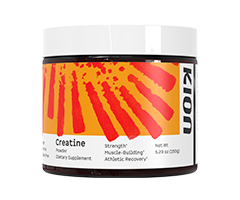
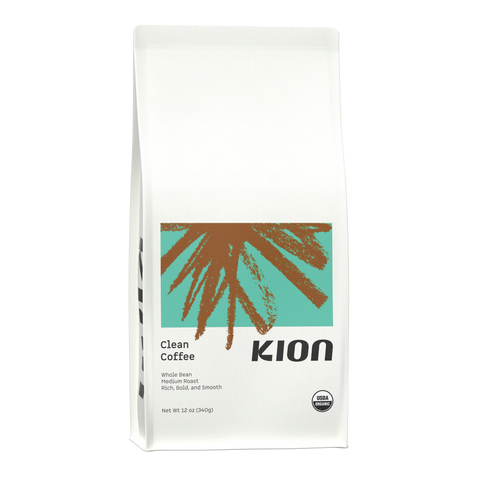
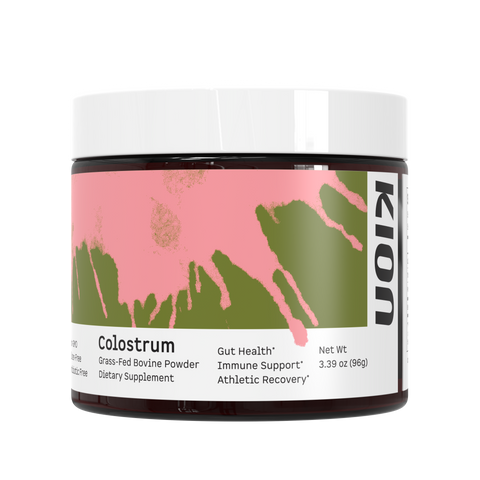








Comments
I been using EAA’S and Creatine for 2 months , I feel the different in my workouts and in my body, my sleep and one thing that I notice the most is that my craving are almost gone, I have lost like 8 pounds.
I’m 62 years old, I do spinning, weights and shorts around the house, live in Nicaragua which is pretty hot. Food is more cleaner and fresh!!!!
Martha Sanchez on
Great information and Broken down so well! Thank you
Cookie on